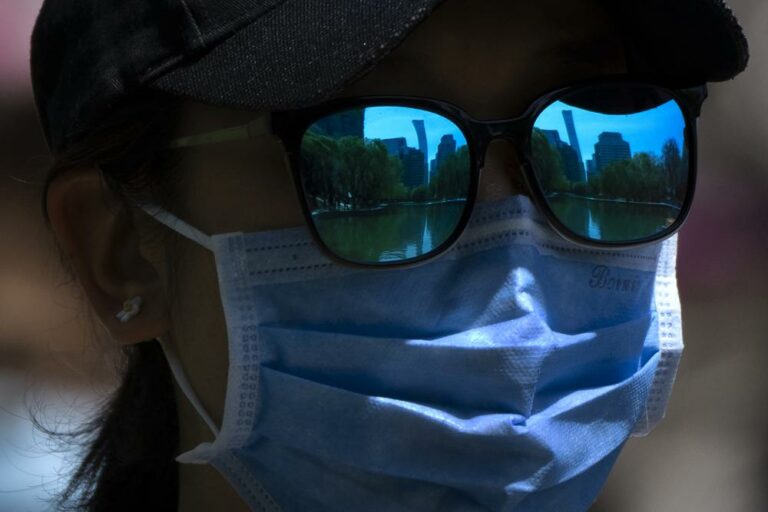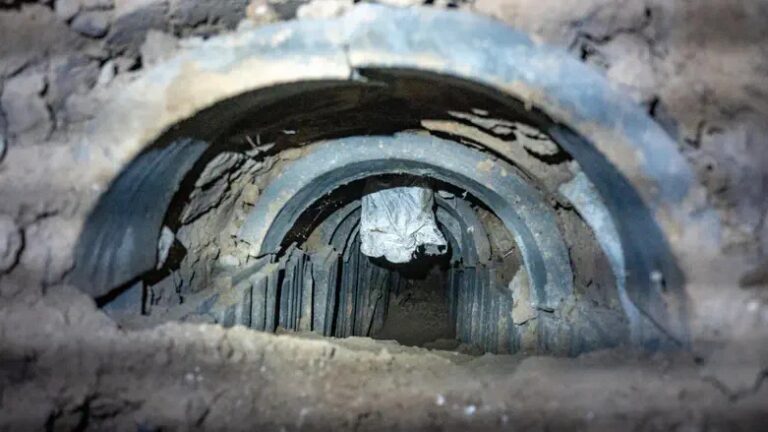 Nearly 200,000 Northern Californians who live downstream of the country’s tallest dam were allowed to return home Tuesday after two nights of uncertainty, but they were warned they may have to again flee to higher ground on a moment’s notice if hastily made repairs to the battered structure don’t hold.
Nearly 200,000 Northern Californians who live downstream of the country’s tallest dam were allowed to return home Tuesday after two nights of uncertainty, but they were warned they may have to again flee to higher ground on a moment’s notice if hastily made repairs to the battered structure don’t hold.
The fixes could be put to their first test later this week with the first of a series of small storms forecast for the region.
But the real test is still to come in the weeks ahead when a record amount of snowfall melts in nearby mountains.
“There is the prospect that we could issue another evacuation order if the situation changes and the risk increases,” Butte County Sheriff Kory Honea said Tuesday, telling residents they could return home but to remain vigilant.
Residents living below the Oroville Dam were suddenly ordered to evacuate Sunday afternoon after water authorities had assured them for nearly a week that the dam was sound despite a gaping and growing hole found in the structure’s main spillway. The order came after authorities feared an earthen emergency spillway used when the lake behind the dam overflows its capacity appeared ready to fail Sunday because of erosion.
Over the weekend, the swollen lake spilled down the unpaved emergency spillway for nearly 40 hours, leaving it badly eroded. The problem occurred six days after engineers discovered a growing hole in the dam’s main concrete spillway.
State and federal officials ignored calls in 2005 from environmental groups to armor the earthen spillway in concrete to prevent erosion. Federal regulators concluded the earthen spillway could handle a large amount of overflow after water agencies that would have had to pay for the upgrade argued it was unnecessary.
On Tuesday, U.S. Rep. John Garamendi, a Democrat who represents an area near Oroville, called the government’s failure to coat the spillway in concrete “a classic case of woulda, coulda, shoulda.”
He said that if the state had listened to the 2005 warnings and installed the concrete a decade ago, “This problem would not have occurred. But they didn’t, and there are probably multiple reasons why,” with cost a crucial one.
The California Department of Water Resources said the lake was ready to take on rain and melting snow. State water officials said they have drained enough of the lake behind Oroville Dam that the emergency spillway will not be needed to handle runoff from an approaching storm.
Forecasts call for 2 inches to 4 inches of rain and snow in the foothills and mountains starting Wednesday night. But the storm was looking colder than initially projected, meaning less rain and less runoff than last week’s storms.
Acting department chief Bill Croyle said 40 trucks have dumped 30 tons of bags loaded with sand, concrete blocks and boulders every hour into the damaged areas, while helicopters have dropped bags of rocks and cement blocks onto the problem sites.
The damaged main spillway has been stable for four days and handling a heavy flow of water, reducing the reservoir’s water level by 15 feet in preparation for coming rain and melting snow throughout the spring. Officials hope to drain the lake another 37 feet.
“We still have a large snowpack; we will see quite a spring runoff,” Croyle said.
Croyle said the goal is to keep the reservoir below capacity so the use of the auxiliary spillway wouldn’t be used. Still, Croyle said that spillway has been repaired and that he’s confident it could be used again if needed.
Preliminary estimates say permanently fixing the hole in the main spillway could cost $100 million to $200 million, Croyle said. Experts are drawing up plans for repairs that will begin after the spring runoff season ends.
Gov. Jerry Brown said late Tuesday that the Federal Emergency Management Agency approved his request for federal assistance with the Oroville dam situation.
Meanwhile, federal regulators have told the dam’s managers at the state water resources department that they must enlist a group of “independent consultants” both to assess what went wrong and how to make long-term fixes to the damaged spillways.
Water resources officials have acknowlledged cracks and repairs in the concrete in recent years. It was not clear whether those past issues played a direct role in the spillway’s rupture last week. When state inspectors last visited the dam in August, they wrote that “conditions appeared to be normal” in the concrete spillway, according to inspection reports the water resources department has released.
State officials clearly were on the defensive about their decision to call for mass evacuations Sunday, just a few hours after saying the situation was stable, forcing families to rush to pack up and get out.
Honea said Tuesday that the call to order nearly 200,000 people to higher ground protected lives and bought time for water experts to address the problems.
But after two days away from home, tens of thousands of evacuees were growing weary. They welcomed the news they could return home.
“You don’t appreciate home until it’s taken away from you,” said Margaret Johnston, 69, of Oroville, who spent two nights at a church with her two sons. She had packed a few blankets, pillows and clothes into a black garbage bag.
Returning residents vowed to heed the sheriff’s warning to remain vigilant.
Rod Remocal said he and his wife would now be ready to leave their Biggs home near the dam at a moment’s notice after fleeing in a rush Sunday.
“We’re all coming back and pack and be ready this time,” Remocal said. “This time we’re going to be on call like they said.”
(AP)











One Response
B”H